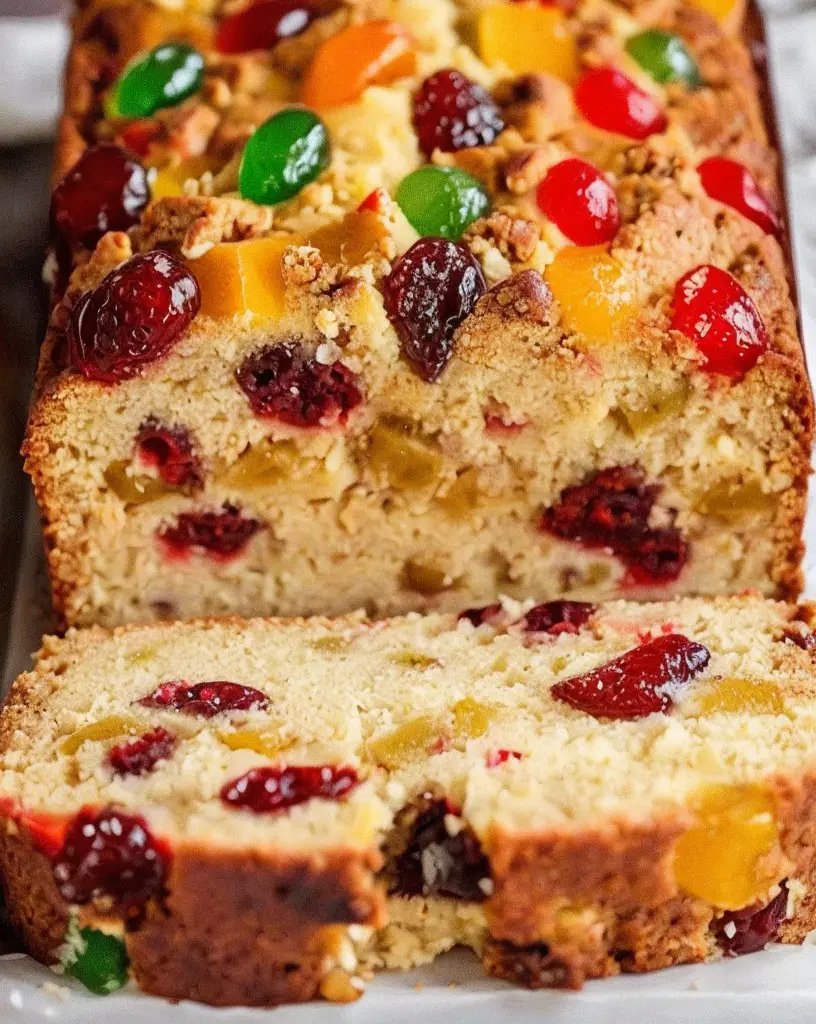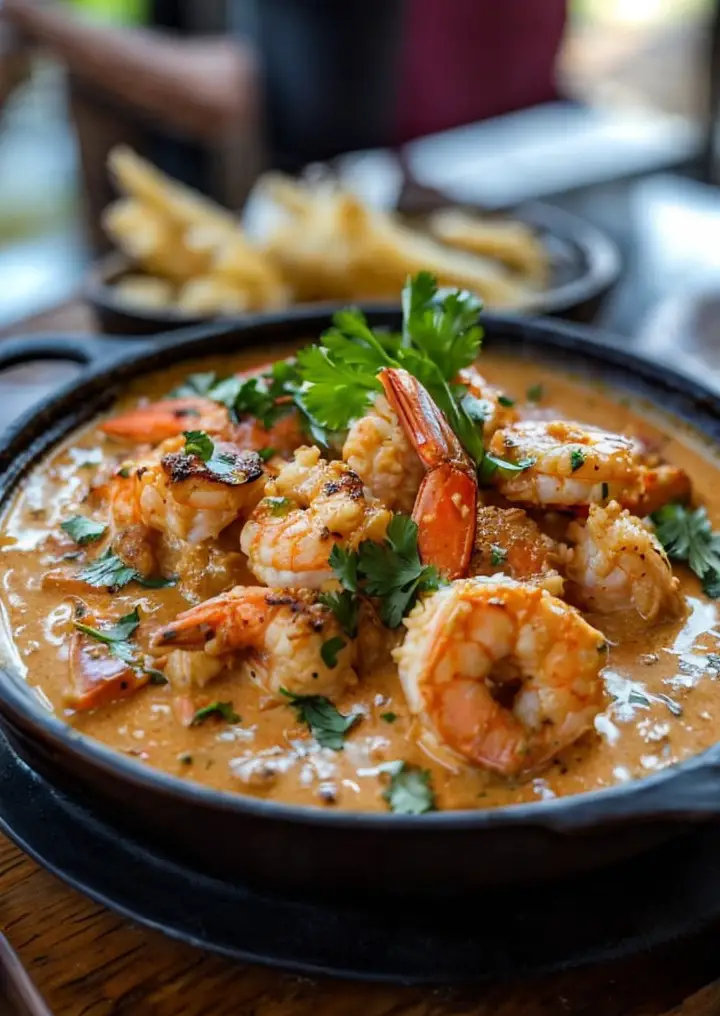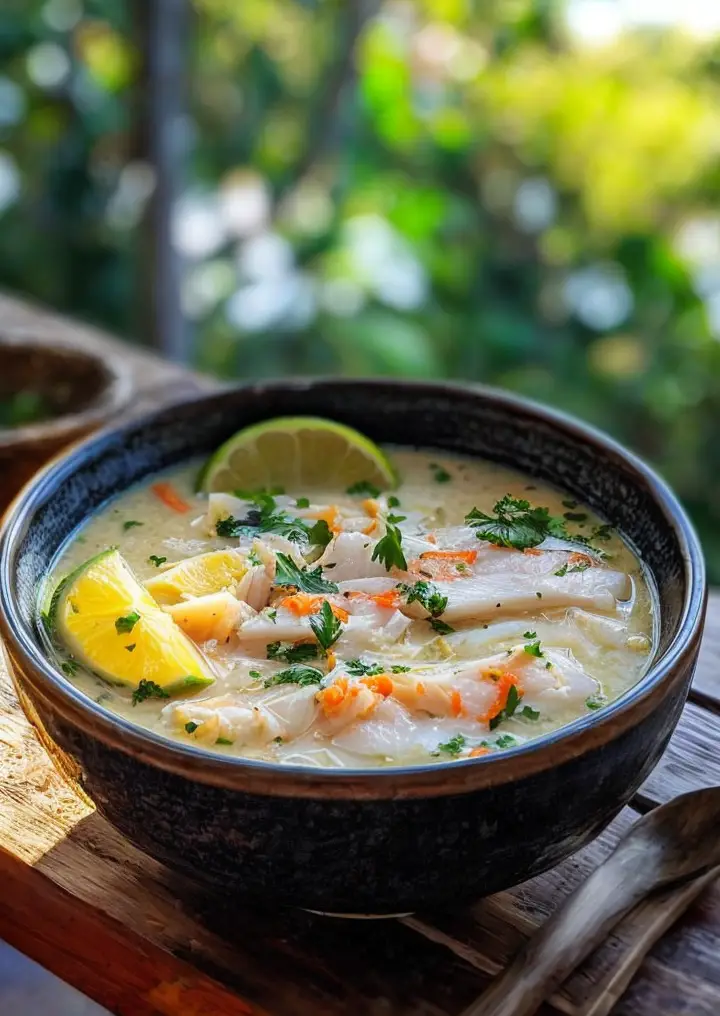French Onion Ground Beef and Rice Casserole: A Cozy Comfort Dish for Any Occasion
Indulge in the warm, comforting flavors of a French Onion Ground Beef and Rice Casserole. This dish marries the rich and savory essence of French onion soup with hearty ground beef and tender rice, creating a delightful one-pot meal that your family will crave. Picture yourself enjoying a cozy night in as the aroma of caramelized onions and melted cheese wafts through your kitchen, inviting everyone to the table.
Perfect for busy weeknights or leisurely weekends, this casserole serves as both a satisfying dinner and a delicious leftover dish for lunch. It combines textures beautifully, with the crispy topping of golden cheese contrasting with the creamy rice and savory beef—each bite is a delightful mix of flavors that creates a fulfilling and memorable meal.
Quick Recipe Highlights
- Flavor Profile: This casserole features a delicious blend of savory beef, sweet caramelized onions, and the deep, rich flavor of melted cheese.
- Texture: Enjoy a mix of creamy rice, juicy ground beef, and a crispy, cheesy top that makes every bite satisfying.
- Aroma: The dish releases tantalizing aromas of sautéed onions and beef, bringing a warmth into your home.
- Visual Appeal: The golden-brown cheese topping beautifully contrasts with the creamy filling, making it visually enticing.
- Skill Level Needed: This dish is easy to prepare, requiring basic cooking skills like sautéing and baking.
- Special Equipment: A large skillet and a baking dish will suffice for this simple yet delicious meal.
Recipe Overview
- Difficulty Level: This French onion ground beef and rice casserole is classified as easy, making it a perfect dish for novice cooks or those looking for a quick and tasty option.
- Category: This recipe fits perfectly into the comfort food category, offering warmth and nostalgia in every bite.
- Cuisine: Combining elements of French cooking with American comfort dishes, this casserole is a true culinary hybrid that delights the palate.
- Cost: This recipe is budget-friendly, utilizing everyday ingredients that won’t break the bank, making it accessible for all families.
- Season: While this dish is satisfying all year round, it’s particularly comforting during the colder months.
- Occasion: Whether it’s a weeknight dinner or a cozy gathering with friends, this casserole is an excellent choice for any occasion.
Why You’ll Love This Recipe
Experience the unique combination of flavors and textures in this French Onion Ground Beef and Rice Casserole. The savory and slightly sweet onions harmonize beautifully with the rich ground beef, creating a tantalizing taste that welcomes you home after a long day. The melted cheese provides an indulgent finish, adding just the right amount of creaminess to the dish.
Convenience is key, especially on busy nights. This one-pot casserole allows you to prepare a hearty meal with minimal cleanup. Simply sauté your ingredients, combine them in the baking dish, and let the oven do the rest. It’s a straightforward process, perfect for those who want to enjoy a homemade meal without spending hours in the kitchen.
Incorporating nutritious ingredients, such as ground beef and rice, this casserole not only satisfies your hunger but also provides essential vitamins and minerals. Ground beef is an excellent source of protein, while onions offer antioxidants and eye-catching levels of vitamin C. Together, they create a balanced meal that’s as good for your body as it is for your tastebuds.
Sharing food brings people together, and this casserole is no exception. Serve it for family dinners or at potlucks and watch as your guests can’t resist coming back for more. It’s not just a meal; it’s a way to create lasting memories with friends and family as you gather around the table.
Cost-effectiveness is another reason to adore this French Onion Ground Beef and Rice Casserole. With easily accessible ingredients and the ability to feed a crowd, it’s an economical choice for anyone looking to make the most of their budget. The leftovers are just as delicious, allowing for easy meals throughout the week.
Historical Background and Cultural Significance
The origins of French onion soup date back to ancient times, but it wasn’t until the 18th century in France that it became a beloved dish. With its simple ingredients of onions, beef broth, and stale bread, it embodied the philosophy of making the most out of humble ingredients. This casserole takes inspiration from that classic soup, bringing its savory depth into a hearty meal.
In addition to its delicious flavor, this dish reflects the culinary traditions of rustic French cooking, where hearty, comforting meals were a staple. It reminds us of the value of tradition in cooking—how recipes evolve while retaining their essence. Combining American ingredients like ground beef and rice illustrates the fusion of cultures and cuisines that define modern home cooking.
As variations of the dish emerged over the years, each region adapted it to local tastes, proving that comfort food can transcend boundaries. By creating a casserole version, we honor that tradition while offering a twist that is especially accessible for today’s family meals.
This casserole is more than just a meal; it carries a story. It invites us to remember our roots and the timeless comfort of gathering around the dinner table. It’s a dish meant to evoke feelings of warmth, nostalgia, and togetherness, encapsulating the essence of home cooking.
Ingredient Deep Dive
Ground Beef: Ground beef is a versatile ingredient often associated with quick and satisfying meals. Its history can be traced back to the need for preserving meat through chopping and grinding. Rich in protein and iron, ground beef supports muscle growth and energy. When selecting ground beef, choose options with a fat percentage that suits your dietary needs and always check for freshness. Store it in the coldest part of your refrigerator; for long-term storage, consider freezing it in portions.
Onions: Onions are one of the oldest cultivated crops, often featured in various cuisines around the world. They are known for their rich flavor and significant health benefits, including lowering cholesterol and aiding digestion. When buying onions, look for ones with firm, dry skin. Store them in a cool, dark place, and avoid storing them with potatoes to prevent spoilage. For a sweeter taste, consider using Vidalia or yellow onions in this casserole.
Rice: Rice has been a staple food in many cultures for thousands of years, recognized for its versatility and energy-boosting carbohydrates. With a range of varieties available, it’s important to choose the right type for your dish; for this casserole, long grain or medium grain rice works best. Store rice in a sealed container in a cool, dry environment to maintain its freshness. If you have dietary restrictions, quinoa or cauliflower rice can serve as healthy substitutes.
Cheese: Cheese adds both flavor and creaminess to many dishes, and its origins date back to ancient civilizations. Nutritionally, cheese provides calcium and protein but can be calorie-dense, so portion control is essential. For this recipe, choose a cheese like Gruyère or Swiss for a deliciously creamy topping. When selecting cheese, try to find high-quality, fresh options from local dairies. Store cheese in the fridge wrapped in parchment paper or cheese paper to preserve its quality.
Common Mistakes to Avoid
- Using low-quality beef can lead to a greasy or bland flavor. Opt for medium fat content for the best results.
- Not letting the onions caramelize properly can impact the overall sweetness and depth of the casserole.
- Overcooking or undercooking the rice will affect the texture; make sure to follow instructions precisely.
- Skipping the cheese topping will result in a less satisfying final dish; embrace the gooey goodness!
- Failing to preheat the oven can lead to uneven cooking; always make sure it’s hot before placing your casserole inside.
- Using too much liquid can make the casserole soggy; stick to the recommended measurements for a perfect consistency.
- Not seasoning adequately during each step can lead to a flat flavor; remember to taste as you go.
- Storing leftovers improperly will affect freshness; always refrigerate promptly after serving.
Essential Techniques
Sautéing: This technique is crucial for developing flavors, particularly with onions. Sauté over medium heat and allow the onions to cook slowly, stirring occasionally. Visual cues for success include a soft, translucent glow and the release of sweet aromas. Avoid burning the onions, as this will create bitterness.
Baking: Baking is fundamental for combining flavors and finishing the dish. Preheat your oven to ensure even cooking, and use a suitable baking dish that can withstand high temperatures. Watch for visual cues like bubbling edges and a golden-brown cheese topping to determine when the casserole is perfectly done.
Layering: Proper layering of ingredients is essential for achieving balanced flavors and textures. Start with the rice mixture, followed by the beef, and finally the cheese on top. This prevents the cheese from burning while ensuring the rice cooks evenly underneath.
Pro Tips for Perfect French Onion Ground Beef and Rice Casserole
1. For added depth of flavor, consider adding a splash of Worcestershire sauce or balsamic vinegar to the beef while cooking.
2. Try incorporating different herbs, such as thyme or rosemary, to elevate the flavor profile of the casserole.
3. Use a combination of cheeses for a more complex flavor—mix mozzarella with Gruyère for great results.
4. If you prefer a spicier kick, add some diced jalapeños or red pepper flakes into the beef mixture.
5. To enhance the caramelization of onions, add a pinch of sugar while cooking them.
6. Allow the casserole to rest for a few minutes before serving; this will help the layers settle for better serving.
7. Experiment with brown rice or wild rice for added nutritional value and a nutty flavor.
8. For an even creamier consistency, add a dollop of sour cream to the rice before layering.
Variations and Adaptations
Regional variations of this casserole can include the addition of local vegetables, such as bell peppers or mushrooms, to complement the dish. Seasonal adaptations can leverage fresh herbs and vegetables available, like zucchini in the summer or root vegetables in the winter. Dietary modifications may involve substituting cauliflower rice for a low-carb option or using ground turkey for a leaner protein. Additionally, experimenting with different cheese types, such as feta or blue cheese, could offer unique flavor twists. For presentation, serving in individual ramekins adds a charming touch.
Serving and Presentation Guide
Plating your casserole can enhance its appeal. Use a spatula to serve neat portions, and consider garnishing with fresh parsley for a pop of color. Traditional accompaniments include a crisp green salad or garlic bread, enhancing the overall dining experience. Modern serving suggestions might involve using individual portions, keeping the dish warm in a double boiler. Serve hot for optimal taste, and control portions to ensure everyone enjoys a satisfying experience without overindulging.
Wine and Beverage Pairing
For wine pairings, a medium-bodied red wine, such as Cabernet Sauvignon or Merlot, complements the hearty flavors of the casserole beautifully. For non-alcoholic alternatives, consider a sparkling apple cider, which balances sweetness with acidity. If you prefer coffee, a dark roast with nutty notes can enhance the savory aspects of the dish. Serve beverages at room temperature to allow the flavors to shine.
Storage and Shelf Life
To store your casserole, place leftovers in an airtight container and refrigerate for up to four days. Ensure it cools completely before sealing to maintain freshness. For longer preservation, consider freezing it in a secure container, where it can last up to three months. Signs of spoilage include off odors, color changes, or mold. Reheat leftovers in the oven for a crispier texture or in the microwave for convenience, ensuring it’s heated thoroughly.
Make Ahead Strategies
For make-ahead convenience, you can prepare the beef and onion mixture and store it separately before assembly. Assemble the casserole the night before, cover, and refrigerate for easy baking the next day. When doing so, you might opt to add the cheese topping just before baking to preserve texture. To maintain freshness, consider adding fresh elements, such as herbs, right before serving to enhance flavor.
Scaling Instructions
When scaling the recipe, halving or doubling ingredients is straightforward, but be conscious of the baking time, as it may vary. For smaller portions, consider using a smaller dish, and check for doneness earlier when baking a smaller quantity. If tripling the recipe, ensure your equipment can handle larger volumes, and increase cooking times gradually while monitoring closely.
Nutritional Deep Dive
This casserole is protein-packed, with ground beef providing significant macronutrients, including protein and healthy fats. In terms of micronutrients, onions contribute notable levels of vitamins C and B6, while cheese adds calcium and phosphorus. When considering portion control, aim for a balance that supports dietary goals without compromising satisfaction. For those focusing on weight management, pairing the casserole with low-calorie sides can promote a well-rounded meal.
Dietary Adaptations
For gluten-free options, ensure all imported products are certified gluten-free. Dairy-free substitutions can involve using almond cheese or cashew cream instead of traditional cheese. Those following a vegan diet can achieve similar flavors with plant-based ground meat and cashew cream to replace cheese topping. For low-carb fans, cauliflower rice is an excellent alternative to traditional rice, while keto proponents can adjust ingredients accordingly, utilizing high-fat cheese options.
Troubleshooting Guide
If you’re facing texture issues, such as dryness, making sure not to over-bake your casserole is critical. For flavor balance, consider adjusting seasoning during cooking; adding salt in layers helps achieve a well-rounded outcome. If you experience temperature problems, utilizing a meat thermometer can ensure beef is cooked through without overcooking. For ingredient substitutions, try to match flavors closely for best results, and consult reputable sources for equivalent measurements.
Recipe Success Stories
Community feedback often highlights how this casserole became a family favorite, with readers adapting it to fit personal tastes. Many have shared success stories about adding unique ingredients or upsizing components to cater to larger gatherings. Photography tips shared by readers emphasize the importance of good lighting to capture the golden hues of the melted cheese. Experimentation with variations has spurred excitement on social media, igniting conversations about comfort foods.
Frequently Asked Questions
Yes, it freezes well. Just make sure it’s in an airtight container and consume within three months.
What type of cheese works best for this casserole?
Go for Gruyère or Swiss for a classic flavor, but you can mix in mozzarella for a creamy texture.
Can I use brown rice instead of white rice?
Yes, but you may need to adjust the cooking time as brown rice typically takes longer to cook.
Is it possible to make this dish vegetarian?
Absolutely! Substitute ground beef for plant-based alternatives and use nutritional yeast for a cheesy flavor.
What sides pair well with this dish?
A fresh green salad or some garlic bread would make great accompaniments.
How can I tell when the casserole is done?
Look for bubbling edges and a golden brown top that indicates the cheese is melted and flavors have melded.
Can I add different vegetables to the casserole?
Yes, adding vegetables like spinach, bell peppers, or mushrooms can enhance the nutritional value.
How do I reheat the casserole best?
For best results, reheat in the oven to maintain the crispy cheese top, or use a microwave for convenience.
How long can I keep leftovers in the fridge?
Store leftovers in an airtight container and consume within four days for optimal freshness.
What is the ideal serving temperature for this dish?
Serve it warm, just out of the oven for the best experience of flavors and textures.
Additional Resources
Explore related recipes that complement this dish, like crusty bread or hearty salads. Technique guides on basic sautéing or baking can enhance your cooking arsenal. Ingredient information for alternative grains and cheeses can also adapt your meal prep. Additionally, equipment recommendations on baking dishes can help in achieving perfect results. For seasonal variations, consider recipes that incorporate fresh produce as they become available.
Join the Conversation
Don’t forget to share your experiences on social media! Post your casserole creations, including any unique adaptations or angles you captured in photography. Engaging with our community allows you to receive feedback, swap tips, and enjoy the wonderful variety this recipe can provide. Join in the discussion, and let’s celebrate the joy of cooking together.
The Recipe
French Onion Ground Beef and Rice Casserole
Serves: 4
Prep Time: 15 mins
Cook Time: 30 mins
Total Time: 45 mins
Kitchen Equipment Needed
- Large skillet
- Baking dish
- Spatula
- Glass lid or aluminum foil
Ingredients
- 1 lb ground beef
- 2 medium onions, thinly sliced
- 2 cups cooked rice
- 1 cup shredded cheese (Gruyère or Swiss)
- 2 tablespoons olive oil
- 1/2 teaspoon garlic powder
- Salt and pepper to taste
Directions
- Preheat the oven to 350°F (175°C).
- In a large skillet, heat olive oil over medium heat and sauté onions until they are caramelized.
- Add ground beef and cook until browned, then stir in garlic powder, salt, and pepper.
- In a baking dish, combine the cooked rice with the beef and onion mixture.
- Spread the mixture evenly and sprinkle cheese on top.
- Bake for 25-30 minutes or until the cheese is golden and bubbly.
- Allow to cool slightly before serving.
Recipe Notes
- Feel free to experiment with different types of cheese or grains in this casserole.
- Leftovers can be stored in an airtight container for up to four days in the refrigerator.
- For extra flavor, consider adding herbs like thyme or rosemary while cooking.




